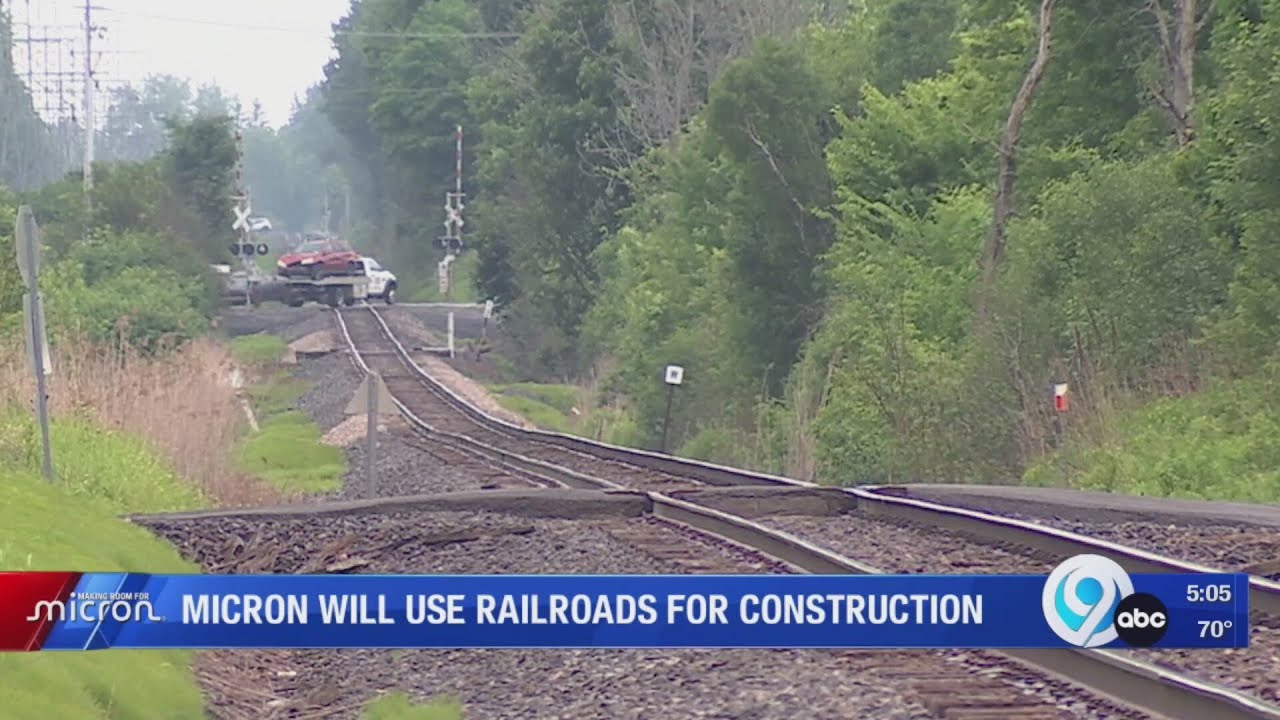Now it sounds like the Chip Plant is using CSX for entirely PR purposes. Can’t see that CSX initiated this. Will be interesting how much rail they use after the plant is in operation.
It’s for building the fab. Doubt there is much that would go in or out more economically by rail afterward, but hey!
Much like nuclear power plants.
Brand and spin.
That was implied in the video and they stated they will use it beyond construction…for machinery. Which I am not chip proficient but I can tell you from past plastic molding experience.
The larger plastic molding presses are fairly large as they need to apply tons of pressure against either side of a die (in some cases they need to repro a vacuum). I seem to remember that some of the presses were close to the length of a semi-trailer…lots of steel. You can Google and see that Chip plants have similar issues with machinery size and weight and the need for swap outs.
With plastic molding they did not swap out the machines as much they did the dies and there was a never ending need for plastic pellets. Noticed that unfortunately the rails have lost a lot of the bulk plastic pellet business to trucks. Though plastic firms tend to be mid-sized firms at best. Plastic Pellets probably still move in covered hoppers to distributors though who repack and blend in smaller containers (just my guess). Some blending is done onsite in regards to color dyes but depends on the client. GE’s Lexan product was a big request in the 1980’s. Everyone wanted Lexan.
Chinese automation does not impress me all that much when it comes to model trains though. A lot of that existed in the late 1980’s in the United States they had presses that would operate themselves and call for assistance with a simulated voice when there was an issue. Plastic manufacturing was pretty automated in the late 1980’s. We still have the plastic molding industry in large part due to the earlier automation and low labor inputs. Last I checked they needed human labor for the die swap outs and the larger press operations, plastic pellet inventory, etc. It’s been two decades since I checked and that is probably automated as well.
In the 1980’s the larger plastic presses were approx $1 million a piece brand new. The yellow traffic light housings you see via Eagle Signal, large million dollar press that makes those because it is a large die and it’s a special plastic due to weather requirements (they get banged around a lot in some cases).
Some fab equipment is very heavy, in some cases to ensure precision during operation. This is associated with the need for very stable foundations…
Shadow the Cat’s Owner said that a significant part of their business was resins and pelletized feedstock.
So that is what is bewildering to me as well. They could have unit trains of covered hoppers carrying plastic pellets in some cases. They would have to redefine the distribution system a little but basically the base plastic is pretty much the same they just suck it out of large containers via vacuum, send it to get mixed with a dye pellet or dye powder, run it through a dryer removed moisture and into the die it goes. At the plant I worked at long ago they had the automated plastic pellet to machine hopper distribution pipes overhead from a centralized distribution source that would apply dye to a common base and send the mixture along the way. Drying was done before mixing. Seems to me you can just as easily vacuum out a covered rail hopper and save transport and packing costs for at least the larger plastic molding firms.
The place I worked at used at least 4-5 loaded semi trailers a week of plastic pellets. Might not be a full covered hopper in a week but their business was expanding at a steady rate. Would be interesting to see what it is now…and located right next to the Milwaukee Road Twin Cities Mainline.
